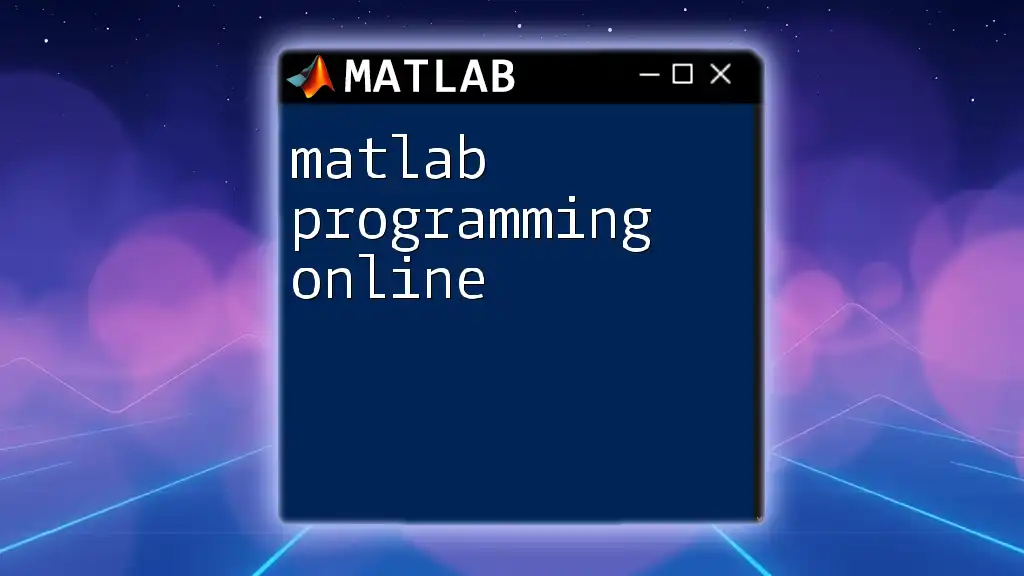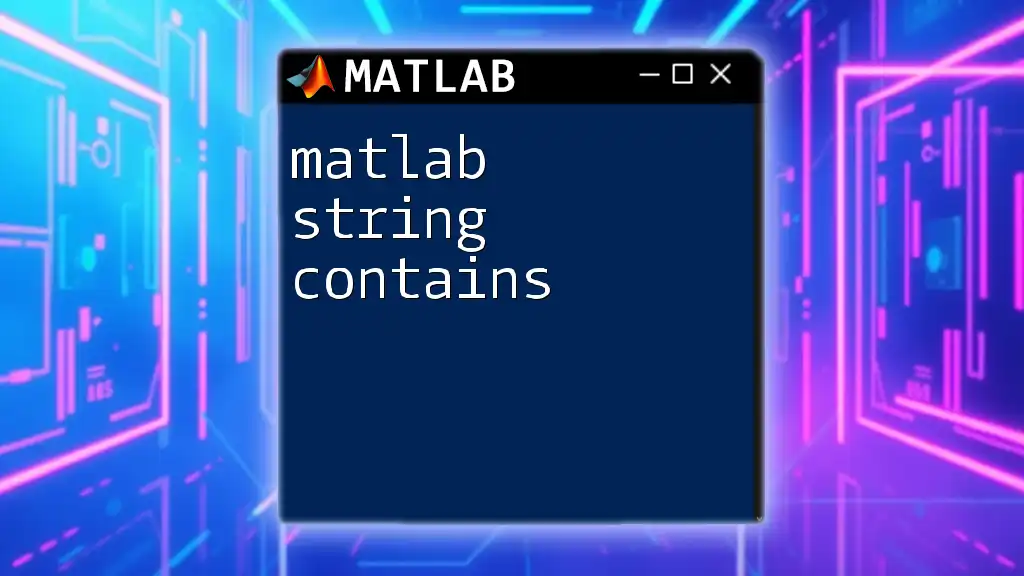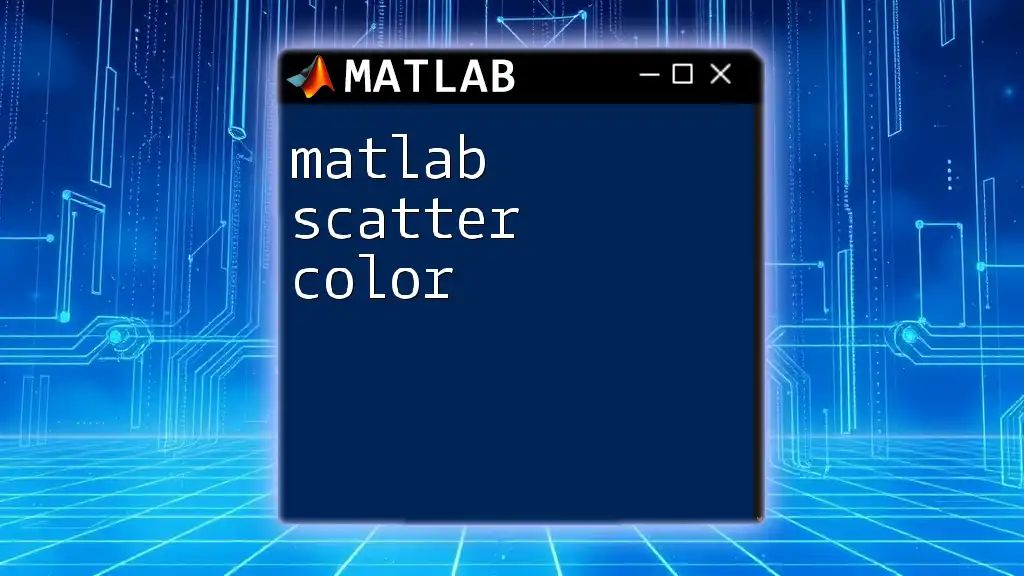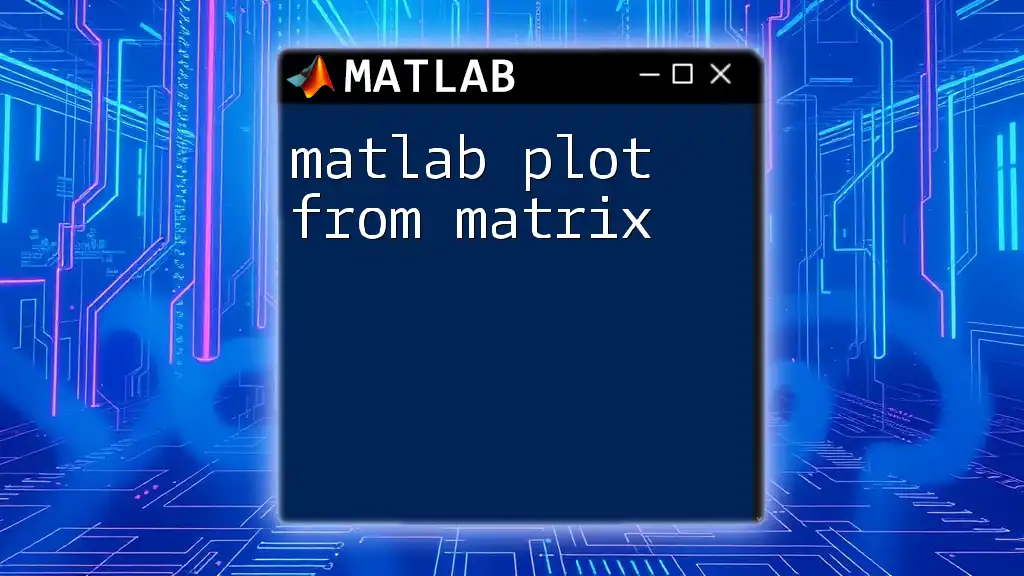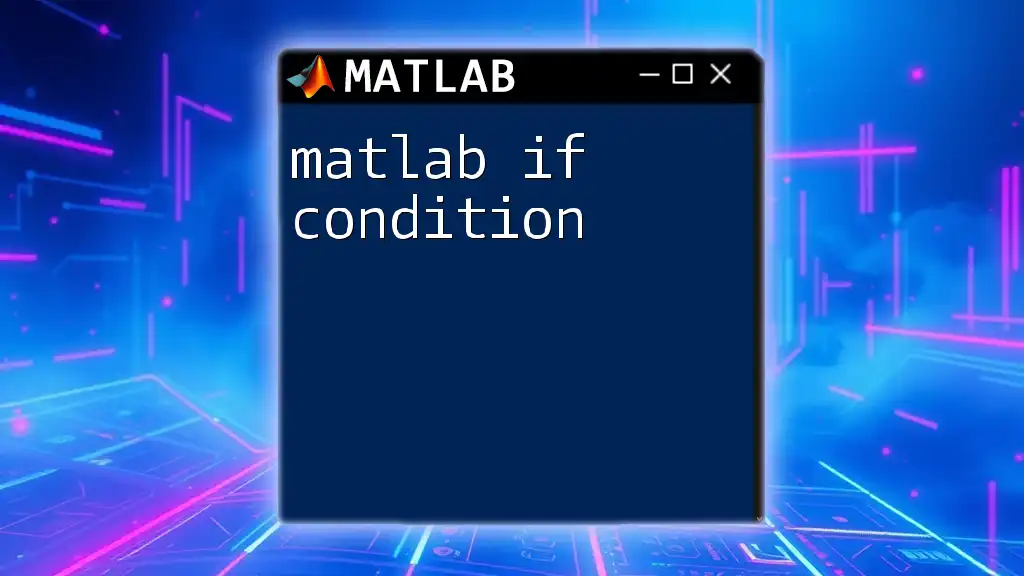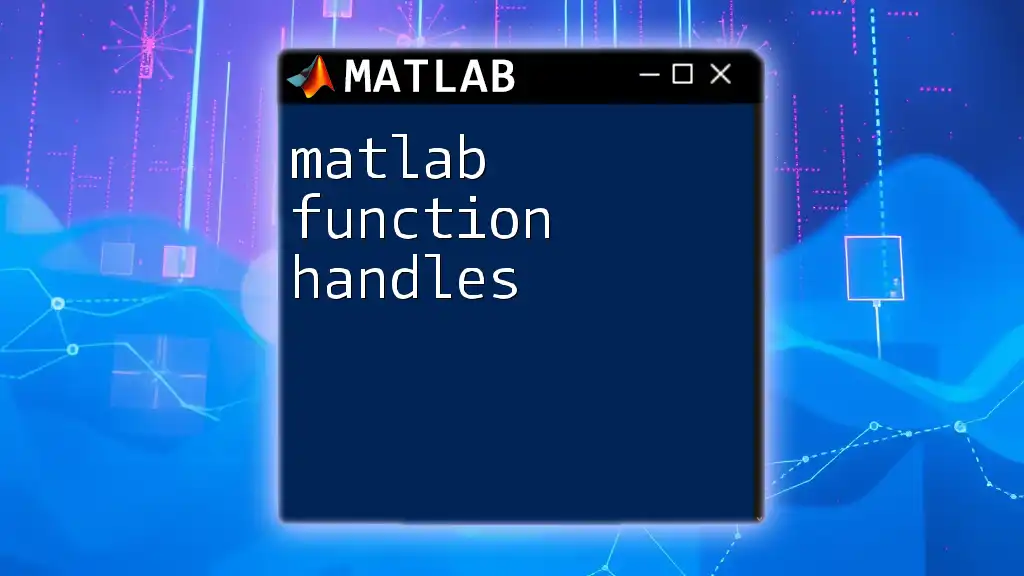You can run a MATLAB script from the command line by invoking MATLAB in batch mode with the `-r` option followed by the script name, like this:
matlab -batch "my_script"
Understanding MATLAB Scripts
What is a MATLAB Script?
A MATLAB script is a file containing a sequence of MATLAB commands that are executed in order when the script is run. These scripts are primarily used for automating tasks, performing calculations, and storing executable code. Unlike functions, scripts do not accept input arguments or return outputs; they operate directly on variables defined in the workspace.
Structure of a MATLAB Script
A typical MATLAB script is a plain text file with a `.m` extension. The commands within this file are written in sequential order, and the script can include comments (preceded by a `%` sign) for better readability.
For example, consider the following simple script:
% Simple script to calculate the square of a number
x = 5;
y = x^2;
disp(['The square of ' num2str(x) ' is ' num2str(y)]);
This script initializes a variable, calculates its square, and displays the result.

Preparing to Run MATLAB Scripts from the Command Line
System Requirements
To effectively run a MATLAB script from the command line, you need to ensure you have MATLAB installed on your computer. Check your system's compatibility with the version of MATLAB you are using. It’s advisable to have the latest version installed, preferably on supported operating systems like Windows, macOS, or Linux.
Setting the Environment
To run MATLAB commands from the command line seamlessly, you need to add MATLAB’s binary folder to your system’s PATH variable. This enables your command line interface to recognize MATLAB commands.
For Windows, this can usually be done as follows:
- Go to Control Panel > System and Security > System.
- Click on Advanced system settings, then Environment Variables.
- Under System variables, find the Path variable and click Edit.
- Add the path to your MATLAB `bin` folder, which typically looks something like `C:\Program Files\MATLAB\R2023a\bin`.
On macOS/Linux, you may add the following line to your `.bash_profile`, `.bashrc`, or `.zshrc` file:
export PATH=$PATH:/Applications/MATLAB_R2023a.app/bin/matlab
After editing, remember to restart your terminal for changes to take effect.
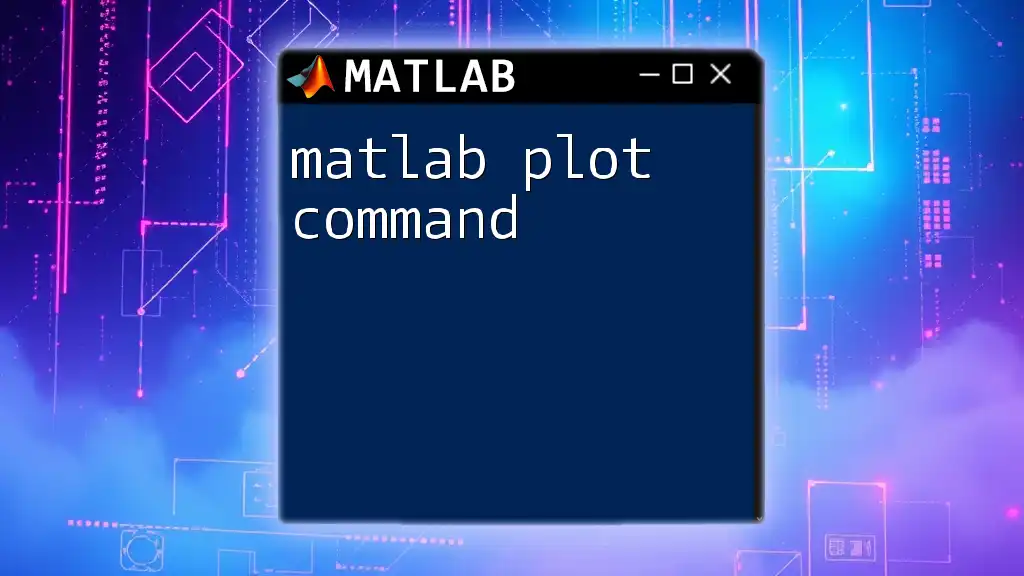
Running MATLAB Scripts from the Command Line
Step-by-Step Process
Opening Command Line Interface
To begin, open your command line interface:
- Windows: Search for Command Prompt in the Start Menu.
- macOS/Linux: Open Terminal from your applications or utilities folder.
Navigating to the Script Directory
Using the `cd` command, navigate to the directory where your MATLAB script is located. For example:
cd /path/to/your/matlab/scripts
Executing the MATLAB Script
Basic Command to Run MATLAB Script
Once you are in the correct directory, you can execute your MATLAB script using the following command:
- For Windows:
matlab -batch "myScript"
- For macOS/Linux:
matlab -batch "myScript"
Example Execution
Suppose you have a MATLAB script named `dataAnalysis.m`. To run this script from the command line, you would type:
matlab -batch "dataAnalysis"
Executing this command will run the script and any results or outputs will be displayed in the console.
Passing Arguments to MATLAB Scripts
Importance of Arguments
Sometimes, you may need to run a MATLAB script with specific values as input arguments. This increases the script’s reusability and functionality.
Syntax for Passing Arguments
To pass arguments to a MATLAB script, you can modify the command as follows:
matlab -batch "myScript(arg1, arg2)"
Example with Arguments
Let’s say you have a script named `myScript.m` that takes two input arguments and calculates their sum:
% myScript.m
function myScript(a, b)
result = a + b;
disp(['The result is: ' num2str(result)]);
end
To run the script with the arguments `10` and `20`, you would use the command:
matlab -batch "myScript(10, 20)"
This will output:
The result is: 30
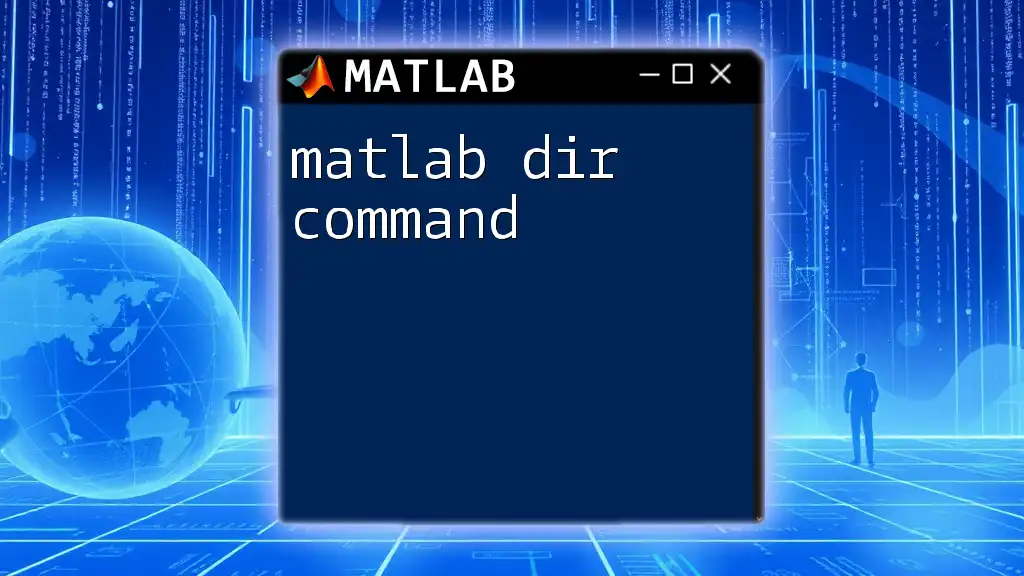
Using MATLAB in Non-Interactive Mode
Explanation of Non-Interactive Mode
Non-interactive mode allows you to run MATLAB scripts without opening the MATLAB desktop environment. This is especially useful for automated tasks and scripts designed to run on a server or as part of a batch processing workflow.
Running Scripts Non-Interactively
When executing scripts in non-interactive mode, you can use the following command to run a script and save the output to a file:
matlab -nodisplay -nosplash -r "run('myScript.m'); exit;" > output.txt
Here, `-nodisplay` prevents the graphical MATLAB interface from showing up, and `-nosplash` avoids the splash screen. The output will be redirected to `output.txt`.
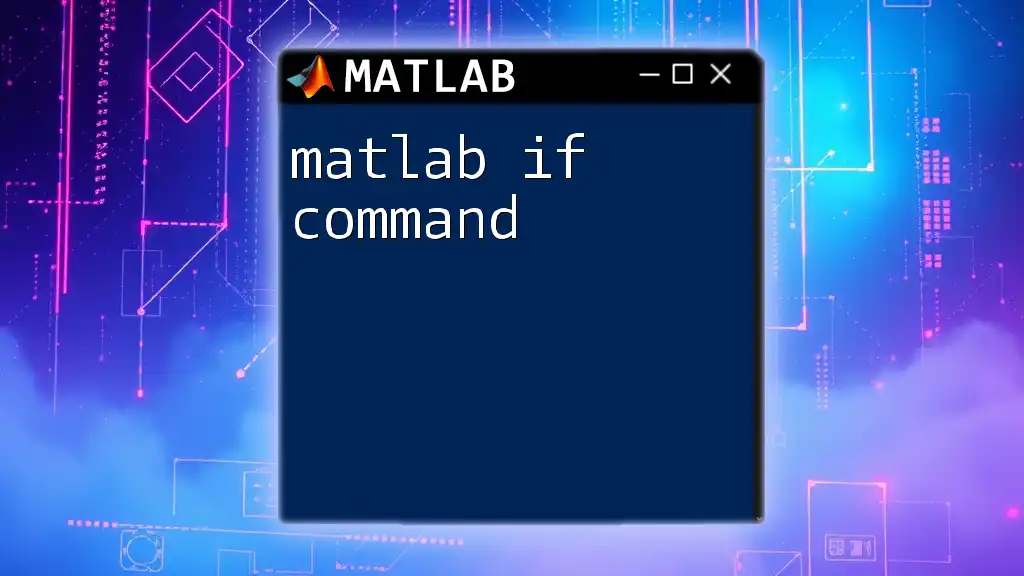
Troubleshooting Common Issues
Common Errors and Solutions
Running MATLAB scripts from the command line can occasionally present challenges. Here are some common errors you might encounter:
- Error: MATLAB not found: Ensure MATLAB is correctly installed and the path is added to your system's environment variables.
- Script not running: This could be due to syntax errors within the script or incorrect file paths. Double-checking your script’s syntax and ensuring you’re in the correct directory can help resolve these issues.
Debugging Tips
When running scripts from the command line, you might want to employ MATLAB’s built-in debugging tools. Use commands like `disp` or `fprintf` within your scripts to provide useful output at various stages of your script’s execution. This way, if errors arise, you can easily identify where the problem may lie by checking the logs or the output file.
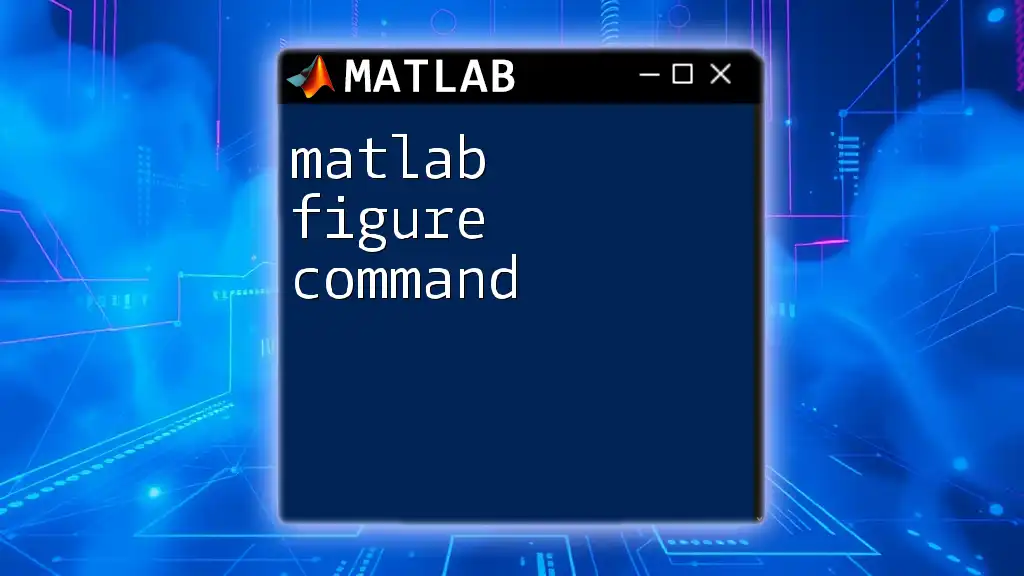
Conclusion
Understanding how to run MATLAB scripts from the command line provides a powerful method for automating tasks and enhancing productivity. With the command line approach, you can easily execute scripts, manage input arguments, and troubleshoot common issues. We encourage you to experiment with different scripts to harness the full potential of MATLAB in your data analysis and computational tasks. Stay tuned for more tips and tricks to enhance your MATLAB proficiency!









